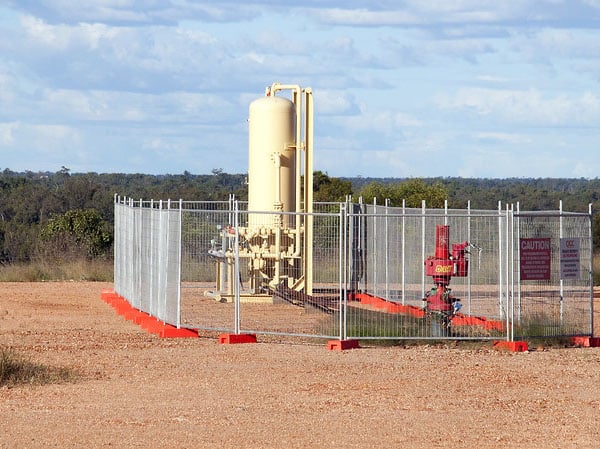The presence of fractures enables water to operate within these which changes the state of effective stress within the rock mass. This change in effective stress is due to more than water pressure variations alone. It is additionally a function of the open fracture area within which the fluid acts. Because the fractures have direction the effect of fluid is also directional, acting normal to the joint surfaces. As fractures progressively develop the effect of water pressure within the rock mass becomes more pronounced. This may be described by an open area fraction, . Figure 1 shows a schematic diagram of a slope containing open joints with a nominal effective open area fraction, , of 0.6. In Figure 2 these have developed and coalesced so that the open area fraction approaches unity.


One of the objectives in developing a surface excavation is to avoid the development of fractures, but if this is unavoidable then there is a need to ensure that the water pressure within these is minimised. This might in some cases be achieved by avoiding water getting into the fracture system but is in most cases more a case of ensuring that adequate drainage is achieved to keep water pressures at safe levels.
Sigra provide many relevant services to assessing and designing deep excavations. These include geology, rock property measurement, rock stress measurement, groundwater investigation as well as monitoring. The latter includes the monitoring of movement, stress change and fluid pressure. Sigra can design slopes and has particular expertise in drilling and slope drainage in a variety of rocks and soils. Figure 3 shows a piezometer installation on a slope.

















